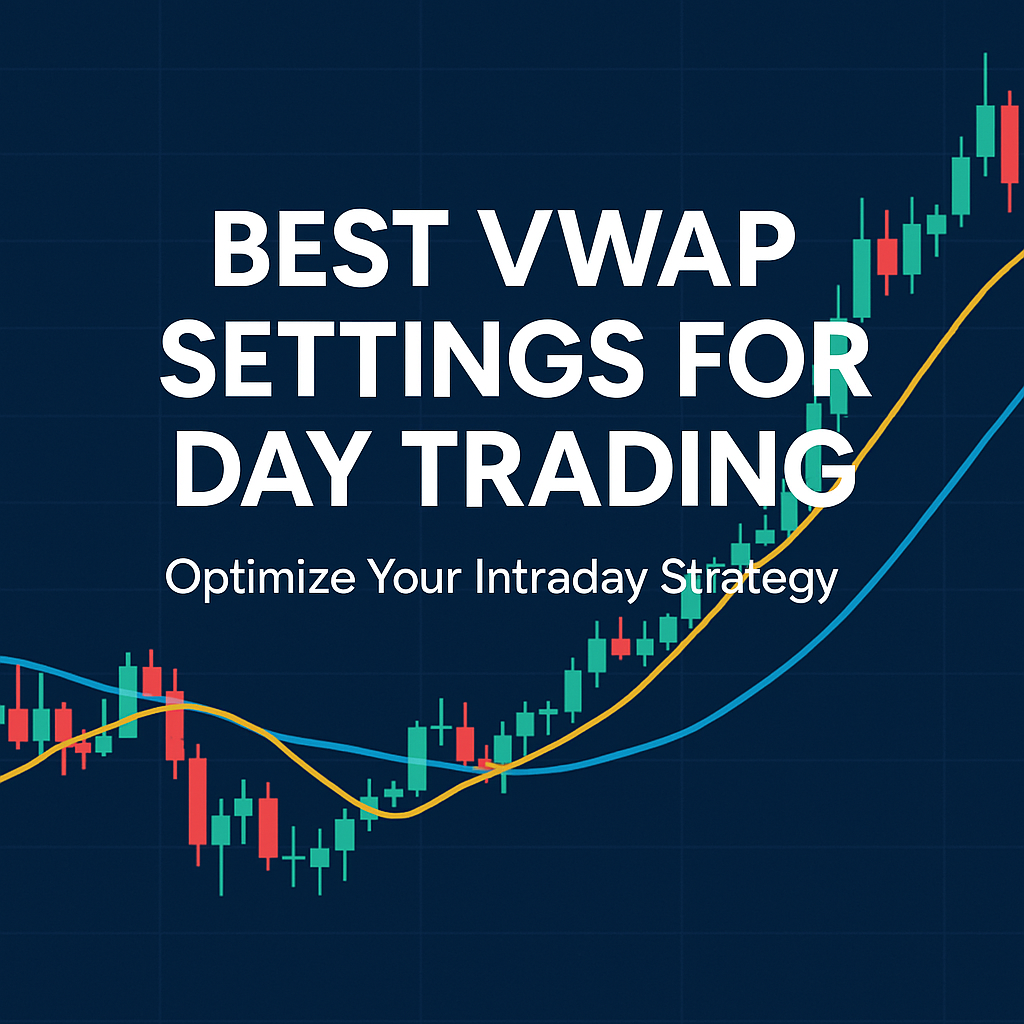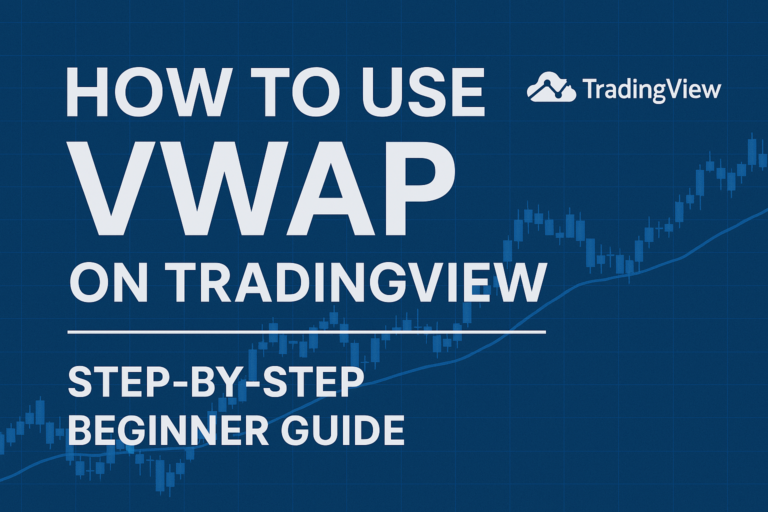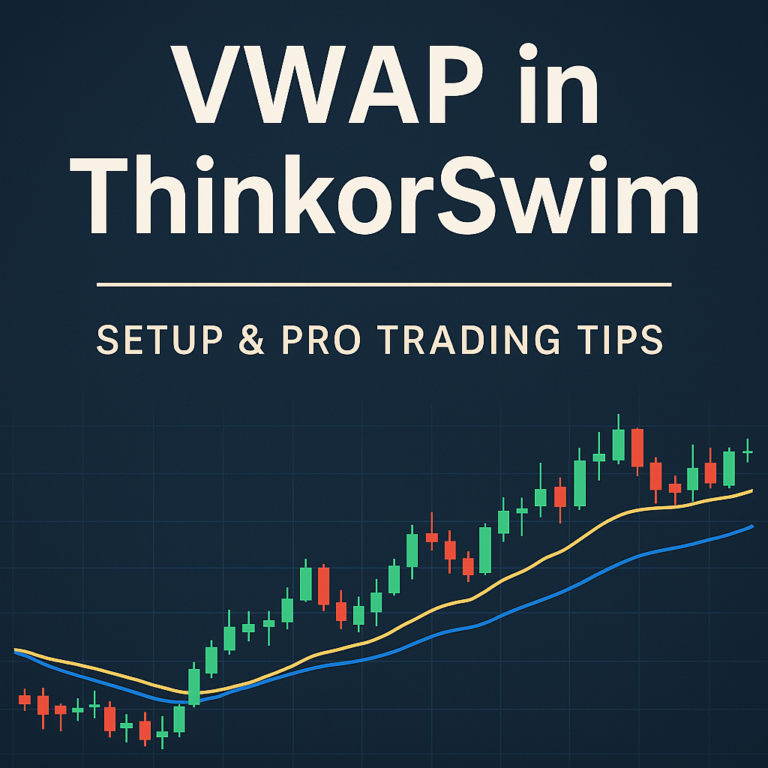Best VWAP Settings for Day Trading
Introduction
The VWAP indicator is a must-have tool for day traders, but knowing the right settings can make a big difference. This guide breaks down the best VWAP settings to use, whether you’re a beginner or looking to fine-tune your intraday strategy.
Does VWAP Need Custom Settings?
The good news is — for most day traders, the default VWAP setting works perfectly.
It resets daily and provides real-time volume-weighted price data.
Default Settings:
- Session: Intraday (daily)
- Calculation: Price × Volume ÷ Cumulative Volume
- Line Style: Simple line (color/width can be adjusted for visibility)
Best Practices for VWAP Settings
- Use on Intraday Timeframes Only
- 1-minute, 5-minute, 15-minute charts
- VWAP resets each trading day
- Do Not Use VWAP on Daily or Weekly Charts
- It will lose accuracy and relevance for longer-term analysis
- Avoid Multiple VWAPs Unless You’re Experienced
- Some traders use dual VWAPs (e.g., anchored + session-based), but this can clutter the chart
- Adjust Visuals for Clarity
- Choose a contrasting color
- Make the VWAP line thicker for better visibility during fast markets
VWAP Anchoring: Is It a Setting or a Tool?
While not a traditional “setting,” anchored VWAP is a variation of the standard VWAP.
Use it to analyze price movement from:
- Breakout points
- Earnings releases
- High-volume candles
Platforms like TradingView and ThinkorSwim support anchored VWAP.
VWAP + Moving Averages: Should You Combine Them?
Some traders overlay VWAP with:
- 20 EMA or 50 EMA
- SMA for trend strength confirmation
This can help create a VWAP crossover strategy or filter trades based on trend direction.
Summary: Best VWAP Settings
| Setting | Recommendation |
|---|---|
| Timeframe | Intraday (1–15 min) |
| Session Reset | Daily |
| Anchored VWAP | Use for special events |
| Line Style | Bold, contrasting color |
| Combine with | RSI, MACD, or EMA for signals |





